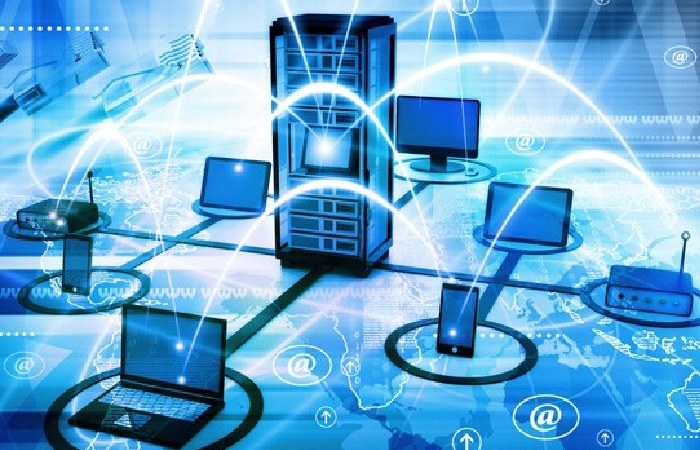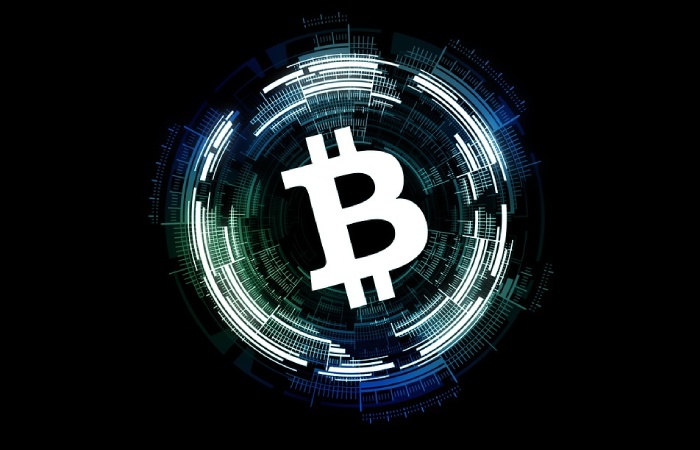
Tech Trends That You May Not Know About Coming in 2024
Tech Trends – Decades ago, before the official birth of the Internet in 1983, our technological progress was just beginning to take form. And many Internet users today are still unaware of the critical developments that allowed all of the techs that we love and rely on to be possible.
Many will agree that we owe our ability to surf the Internet to Tom Truscott and Jim Ellis, two Duke University grad students who developed Usenet, a newsgroup space that still exists today as a separate entity from the Internet itself.
Usenet contained the fundamentals of the first dial-up connection along with chat rooms which popularized early Internet usage. And with the network becoming a thriving community of interconnected chat rooms, you can access Usenet today using a Tier-1 Usenet service provider.
But beyond the original domain of Usenet, today we have an array of tech that is changing the way we share data and how industries operate.
Here, we’ll explore three tech trends that you can look forward to seeing in 2022.
Seamless Networking

You may have heard the recent announcement by CEO Mark Zuckerberg that Facebook is changing its name to Meta Platforms, or Meta for short. This “Metaverse” essentially illustrates the fundamentals of seamless networking.
Though many may not take to the change that Meta has made, the trend toward integrated, seamless networking has been taking hold for a while. The fact is, users prefer to have everything they need in one location instead of using multiple devices and multiple networks.
Even in the world of social platforms, most users prefer seamless integration over having separate entities. And this is already evident in the ability of users of platforms such as Whatsapp, Facebook, and Instagram to share data across platforms from one location.
Through seamless networking is more oriented toward reducing the need for multiple devices, we’ll soon see social platforms following suit, as this integration is looked at as an attractive feature by both users and developers.
Virtual Devices
You may have seen a few virtual devices on the market already, especially if you’re into gaming. But virtual reality devices are making progress in development phases to be utilized across multiple industries.
In 2020, we all saw the rise of the COVID-19 pandemic and how it affected every industry on the planet. But the results of the pandemic’s effect on our industries gave developers a reason to explore new uses for VR technology.
For example, the housing market highly utilized VR technology when COVID regulations affected the ability of buyers to view or tour homes in a traditional manner. And in addition, virtual showrooms along with apps such as Zoom and Google Meet saw rises in usage.
Going forward in 2022, look for more nuance and adaptability with VR devices across all industries where this tech can be implemented.
Cryptocurrency

With current economics being in such a volatile state around the globe, and especially here in the United States, one big trend to look for in 2022 is more cryptocurrency and blockchain technologies emerging onto the scene.
Digital trading and online businesses worldwide have already begun to accept cryptocurrency as a form of exchange. However, up until recently, the technology that enables these systems haven’t been very robust.
Newer crypto platforms and developments in blockchain security have ushered in a new era for currency exchange. And this has given rise to the popularity of Non-Fungible Tokens (NFTs).
The simple fact is, when you look at cryptocurrency or blockchain technology, much of the terminology might sound like a foreign language. But in 2022, you can bet that more people will take advantage of these emerging developments.
Our technology is changing at a rapid pace. And many of us might find ourselves winded from sprinting to keep up with all of these developments. But as our tech evolves, so do we. And it’s critical to stay on top of these developments; otherwise, you may find yourself in the dark when it comes to the benefits of current technological advancements.


